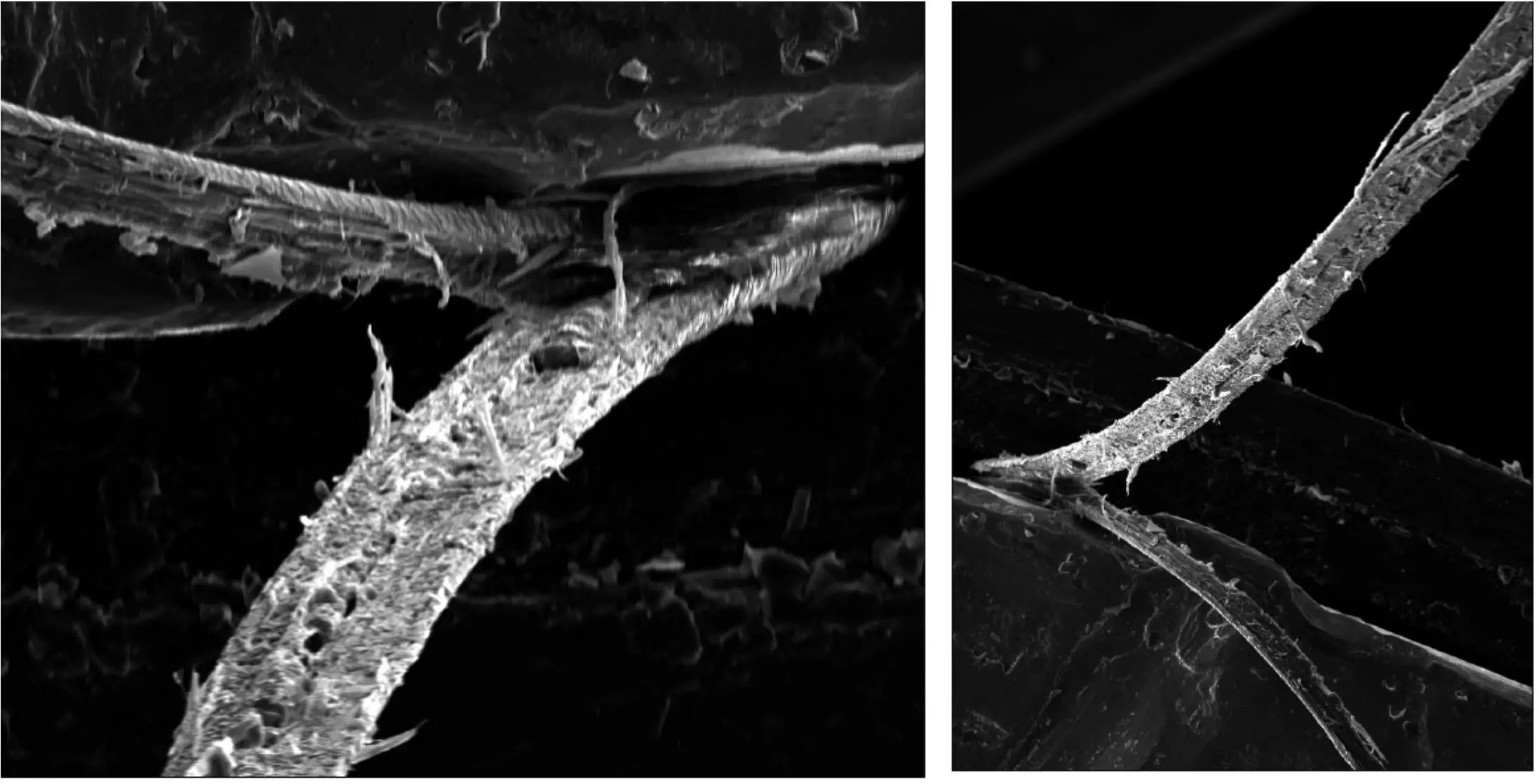

It’s a common woe many of us face – split ends. We all have those days where our hair just doesn’t cooperate, but what exactly causes this hair damage? The team at Trinity College Dublin, led by Professor David Taylor, has taken on the challenge of investigating this knotty problem. While Prof. Taylor is no stranger to research on natural materials, such as human bone and seashells, hair was uncharted territory for him. However, when L’Oreal approached him with the opportunity to study split ends, he gladly accepted.
To unravel the mystery behind split ends, the team at Trinity developed the innovative “Moving Loop Fatigue machine.” This machine was carefully designed to simulate what happens when tangled hair is combed out. The results of their research, recently published in the journal Interface Focus, shed light on the science behind split ends. By testing two types of hair – one prone to splitting and one not – the team was able to create splits in both. Surprisingly, the splitting-prone hair not only split more quickly but also generated longer splits, providing valuable insights into the mechanisms of hair damage.
Isobel Duffy, a researcher on the team, expressed her amazement at the effectiveness of the machine. She noted that in many cases, a single strand of hair would split into two along its entire length, mimicking what happens when individuals dry and comb their hair. This newfound ability to create splits in a controlled manner opens up avenues for further research into why some people are more prone to split ends than others. Additionally, the team found that hair from individuals who did not suffer from split ends started to split when bleached, similar to the splitting-prone sample, highlighting the impact of cosmetic treatments on hair quality.
Prof. David Taylor emphasized that this research is just the first step in understanding the biomechanics of hair splitting. He emphasized the need for future studies involving diverse donors with different hair types, including curly hair. Factors such as humidity, temperature, and various treatments should also be taken into account to gain a comprehensive understanding of hair damage. Hair, despite being a common material, still holds many mysteries waiting to be unraveled. The potential impact of this research extends beyond the realm of academia, with implications for the cosmetics industry and the millions of individuals worldwide eager to care for their hair effectively.
Robert Teeling, another member of the team, reflected on how his journey from an engineering student to testing hair was unexpected. The research at Trinity College Dublin marks a pivotal moment in the scientific study of hair damage, offering a fresh perspective on a commonly overlooked aspect of beauty and self-care. As the team continues to delve deeper into the complexities of hair biology, the potential for groundbreaking discoveries in the field of cosmetics and personal grooming looms on the horizon.
In an era where environmental consciousness is paramount, the maritime industry has long been scrutinized…
Radionuclides, often relegated to discussions surrounding nuclear energy and radioactive waste, have far-ranging implications for…
Landslides have long been a concern in areas like California, where the unique geography and…
In the vastness of our galaxy, among countless stars, lies a fascinating phenomenon known as…
This week marks a monumental milestone in astronomy as the Hubble Space Telescope celebrates its…
The enigma of dark matter has captivated the scientific community for decades. Although it constitutes…
This website uses cookies.